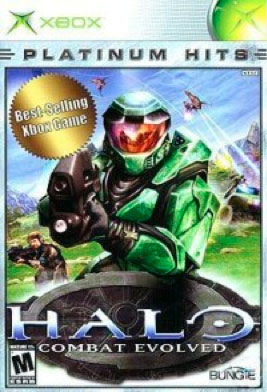Remember when people used to line up days or weeks in advance of a theatrical release of a movie? They still do, though it’s usually for a music concert or a new iPhone. Their sacrifice is as much a part of the content user interface (think “experience”) as speakers or bragging rights to a freshly shrink-wrapped box of “shiny.”
Trent Reznor of Nine Inch Nails understands this. He was prompted to create an app for the iPhone to support a shared social experience for his fans. The reason? Reznor saw how fans, standing in line while waiting for his concert to start, were tweeting and sharing photos using other applications. Reznor removed much of the friction of that experience by creating an app to better facilitate all of that online socializing, as well as provide a lot more functionality to fans.

Reznor gave fans an easier way to connect with each and share their thoughts, photos, and experiences.
Of course, standing in line is about as normal a day-to-day activity as brushing one’s teeth. We stand in line all the time. It’s a necessary evil we have to endure in order to obtain a particular goal: deposit a check at the bank, pay for our groceries, order our fast food, etc. We do it because we have to.
But consider where “standing in line” is transparent to or embraced by fans. They do it because they want to.
I just finished reading an interview at Gamasutra with Frank O’Connor of Microsoft’s 343 Industries (worth reading, by the way).
O’Connor touches on the transmedial nature of the franchise, but the following statement from him really caught my attention:
But to go back to the community, the fact that [Halo:Combat Evolved] was only system link on Xbox 1, and yet the system link experience was so good, meant we all had that experience of piling an Xbox and a TV in our car and driving it to a friend’s basement and setting up a LAN party. I hadn’t done that before, and I haven’t done it since, and Halo was the only game that got me energized enough to go and do that, and deal with that, and it was such an amazing social experience.
Think about that: O’Connor would physically disconnect his Xbox and a TV, load them into a car, drive to a friend’s house, then reconnect the devices, just so they could all play together in the same game instance.
The user interface for this content experience involved time, a car, gas, physical labor, and electronics reconfiguration. Plus, O’Connor had to repeat this process each and every time he wanted to go multiplayer in Halo: Combat Evolved.
Interestingly, the user interface hassles required to achieve this became part of the game experience itself, but in a way that O’Connor almost looks back on with nostalgia (“Hey, remember when we…?”).
People willingly stand in line to get to content all the time, but they don’t particularly like it. And it rarely adds anything to the content experience (except, perhaps, mild irritation).
Audiences will, however, literally claw through an awful, time-consuming, annoying user interface to get to great content, especially if there is a communal, social aspect to experiencing that content. And content owners have an opportunity to turn “standing in line” into a much more integrated and positive part of the overall content experience.

I’m kinda shocked you didn’t mention the Disney parks – they’re a great example of making the entire process a part of the experience and they do it on both the universe level (an entire park) and at a unit level (a ride, a show, a restaurant).
When I lived in Orlando, I went to both Disney & Universal more times than I can count. For a long time the difference between the two was night and day. It wasn’t just the audience (young families vs teens & young adults) but the entire feel and process. It was really interesting to see some of the changes they made and how things like queues and thematic areas evolved.
And I realize you’re talking about more than just big content events & places, but there are lessons there to be had (and more than just building anticipation and general theme-ing)
Great point! Parks are kind of an extreme example, but they do offer tons of good insights.
How much time is spent between discrete rides/experiences in a park? How might that time be used to enhance the visitor’s experience (I’m thinking of some of the mobile augmented reality stuff Disney is already doing)? Based on your comments, clearly some parks have more to learn about this than others. : )
The possibilities are even greater when you look at consumer brands. Time on hold when you call your credit card company, for example, or waiting for a product to ship. Fed Ex and UPS offer some email update options, but a lot of the companies that ship with these carriers don’t let consumers take advantage of that. I’d love an automated voicemail or email confirming delivery of the product I ordered (companies can offer a checkbox for this option at the time of purchase and pass the info to the carrier).
The time between asking for content and receiving it can be minutes or months, but it still feels like standing in line.